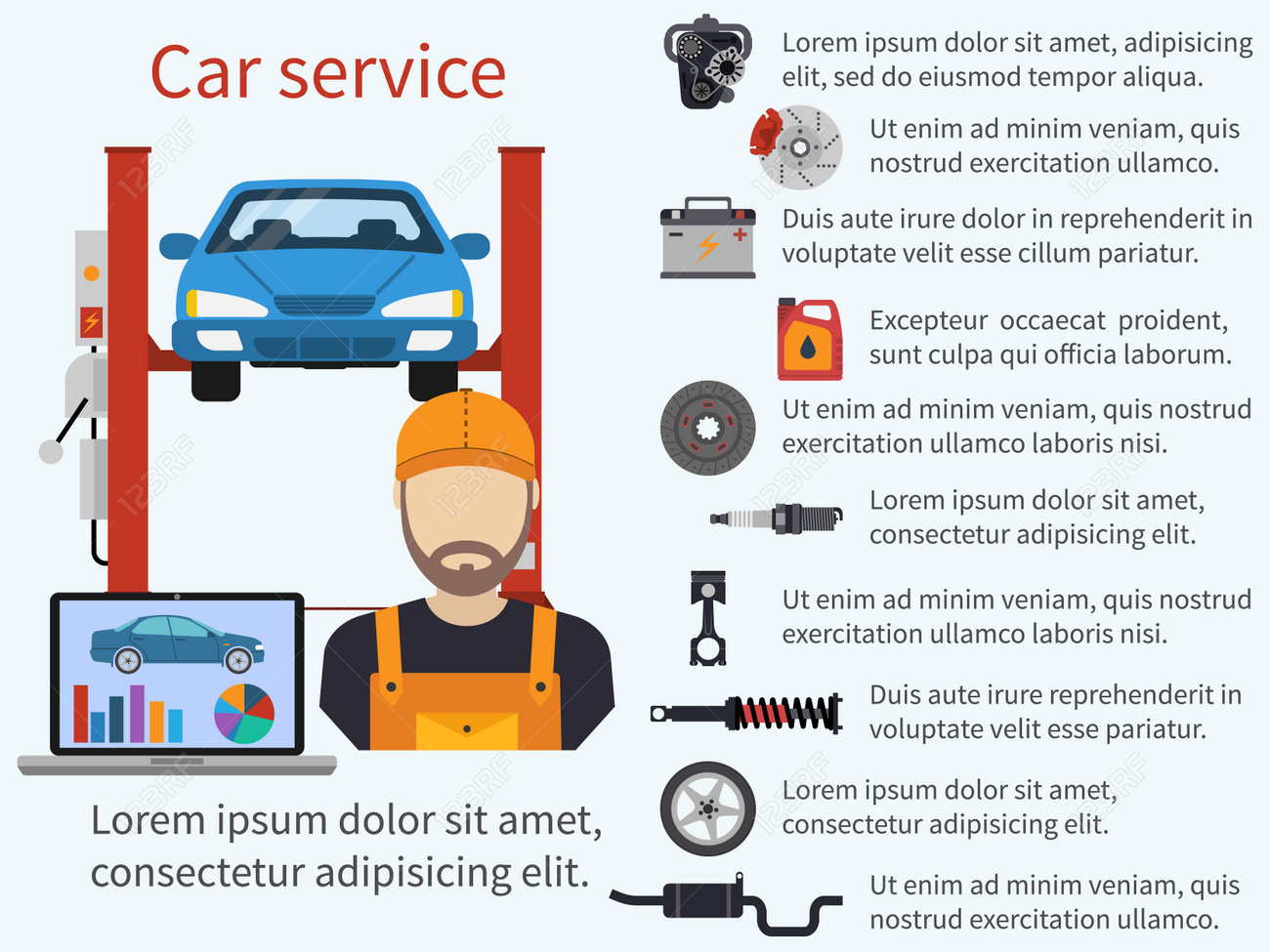Gain Understanding Into The Dashboard Warning Lights In Your Automobile To Recognize Their Effects On Your Automobile'S Wellness And Safety
Gain Understanding Into The Dashboard Warning Lights In Your Automobile To Recognize Their Effects On Your Automobile'S Wellness And Safety
Blog Article
Write-Up Produced By-Kessler Boyer
When you lag the wheel, those glowing caution lights on your dashboard can be a bit difficult. Do you recognize what they're attempting to inform you regarding your auto's health and wellness? Understanding the importance of these lights is crucial for your safety and the long life of your vehicle. So, the following time one of those lights turns up, would not you wish to decode its message properly and take the necessary actions to resolve it?
Common Warning Lights and Interpretations
Recognize typical caution lights in your vehicle and recognize their meanings to make certain risk-free driving.
The most typical caution lights consist of the check engine light, which indicates issues with the engine or exhausts system. If this light comes on, it's critical to have your vehicle examined quickly.
Read the Full Report alerting light indicates reduced oil pressure, requiring immediate focus to prevent engine damage.
A blinking battery light may suggest a malfunctioning billing system, possibly leaving you stranded if not dealt with.
The tire stress surveillance system (TPMS) light signals you to reduced tire pressure, influencing lorry security and fuel performance. Overlooking this might cause hazardous driving conditions.
The abdominal muscle light indicates an issue with the anti-lock stopping system, endangering your capability to stop promptly in emergencies.
Finally, the coolant temperature level advising light warns of engine getting too hot, which can lead to severe damages if not dealt with promptly.
Recognizing these typical warning lights will assist you resolve problems quickly and preserve risk-free driving conditions.
Significance of Prompt Attention
Comprehending the common caution lights in your automobile is only the initial step; the value of without delay attending to these cautions can't be stressed enough to guarantee your safety when traveling.
When a caution light brightens on your control panel, it's your auto's way of interacting a possible concern that needs attention. Overlooking these warnings can bring about more serious problems in the future, jeopardizing your safety and possibly costing you much more out of commission.
Trigger interest to advising lights can avoid breakdowns and crashes. For example, a blinking check engine light can show a misfire that, if left unattended, can trigger damage to the catalytic converter. Addressing this immediately can save you from a pricey repair.
In a similar way, a brake system cautioning light might signify low brake fluid or used brake pads, critical components for your safety and security when driving.
Do It Yourself Troubleshooting Tips
If you discover a caution light on your control panel, there are a couple of do it yourself repairing pointers you can try prior to seeking specialist aid.
The first step is to consult your auto's handbook to recognize what the specific warning light shows. Often the concern can be as easy as a loosened gas cap causing the check engine light. Tightening up the gas cap might fix the issue.
One more common concern is a low battery, which can activate various alerting lights. Examining the battery connections for corrosion and guaranteeing they're safe might take care of the problem.
If car ac refrigerant leak repair cost continues, you can try resetting it by detaching the cars and truck's battery for a couple of minutes and then reconnecting it. Additionally, examining your vehicle's liquid levels, such as oil, coolant, and brake liquid, can help repair cautioning lights associated with these systems.
Verdict
In conclusion, understanding your cars and truck's caution lights is essential for keeping your car running smoothly and securely. By immediately attending to these alerts and understanding what they indicate, you can prevent costly fixings and potential break downs.
Keep in mind to consult your vehicle's guidebook for certain details on each warning light and take action as necessary to make sure a trouble-free driving experience.
Stay educated, remain risk-free when driving!
